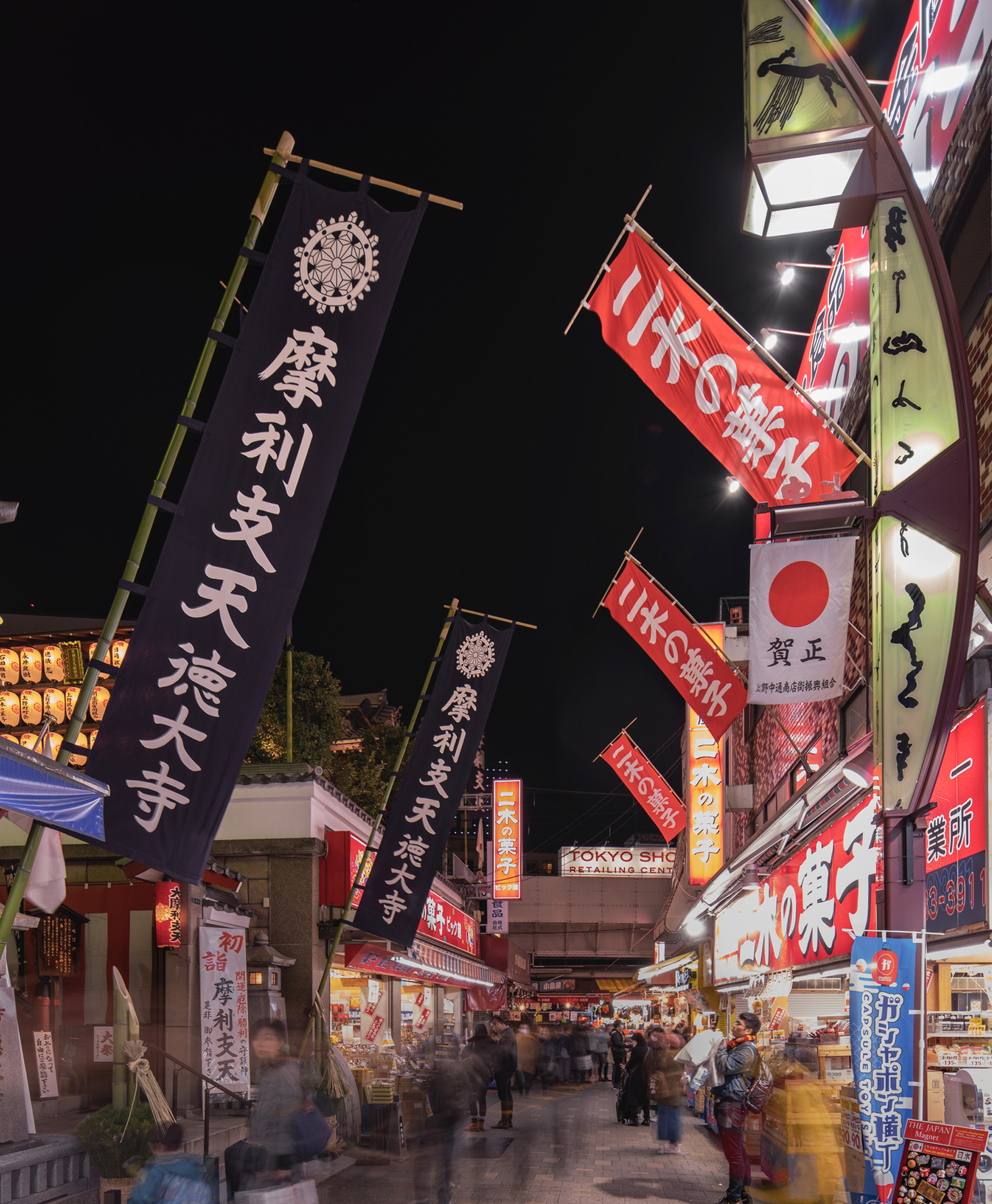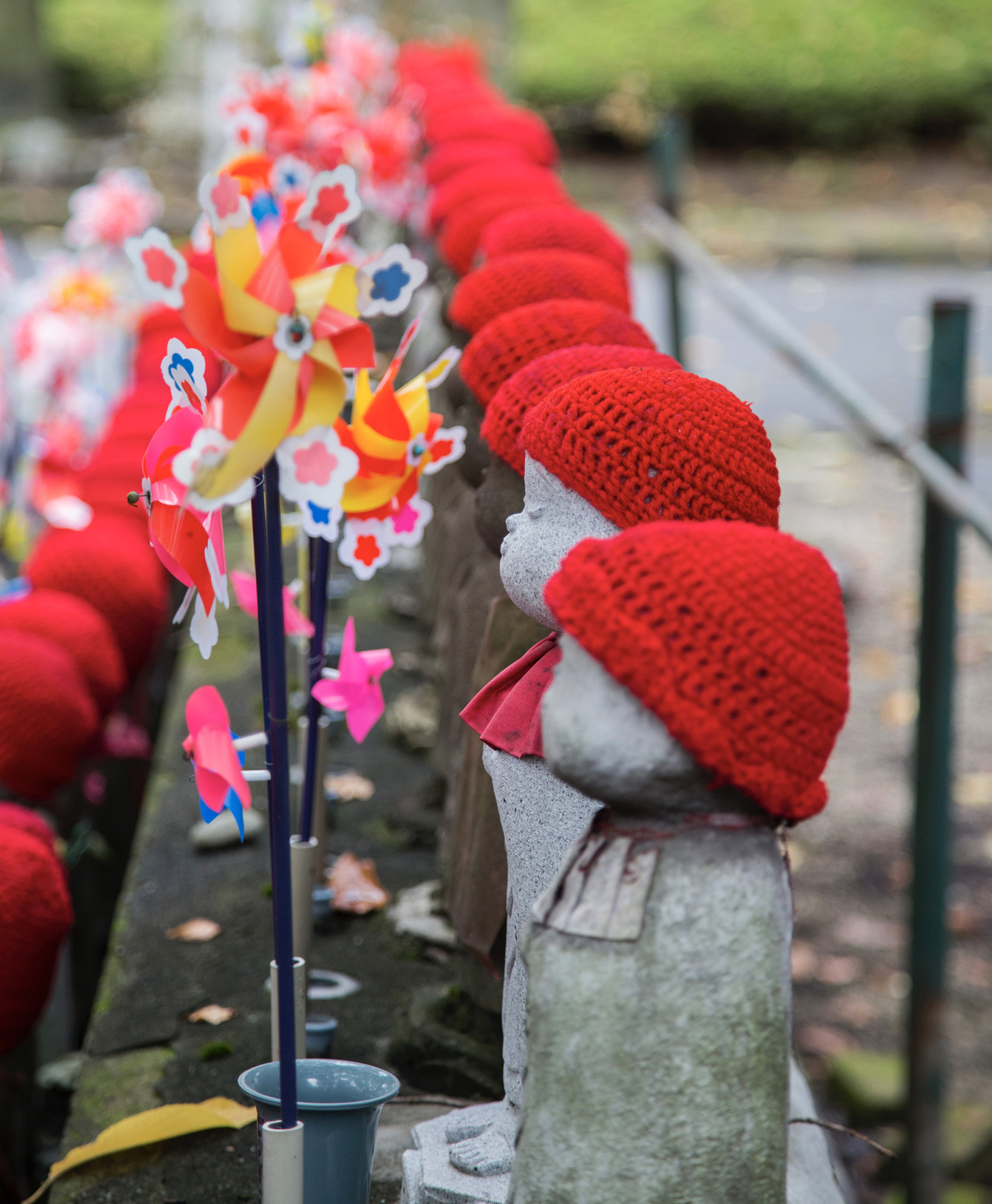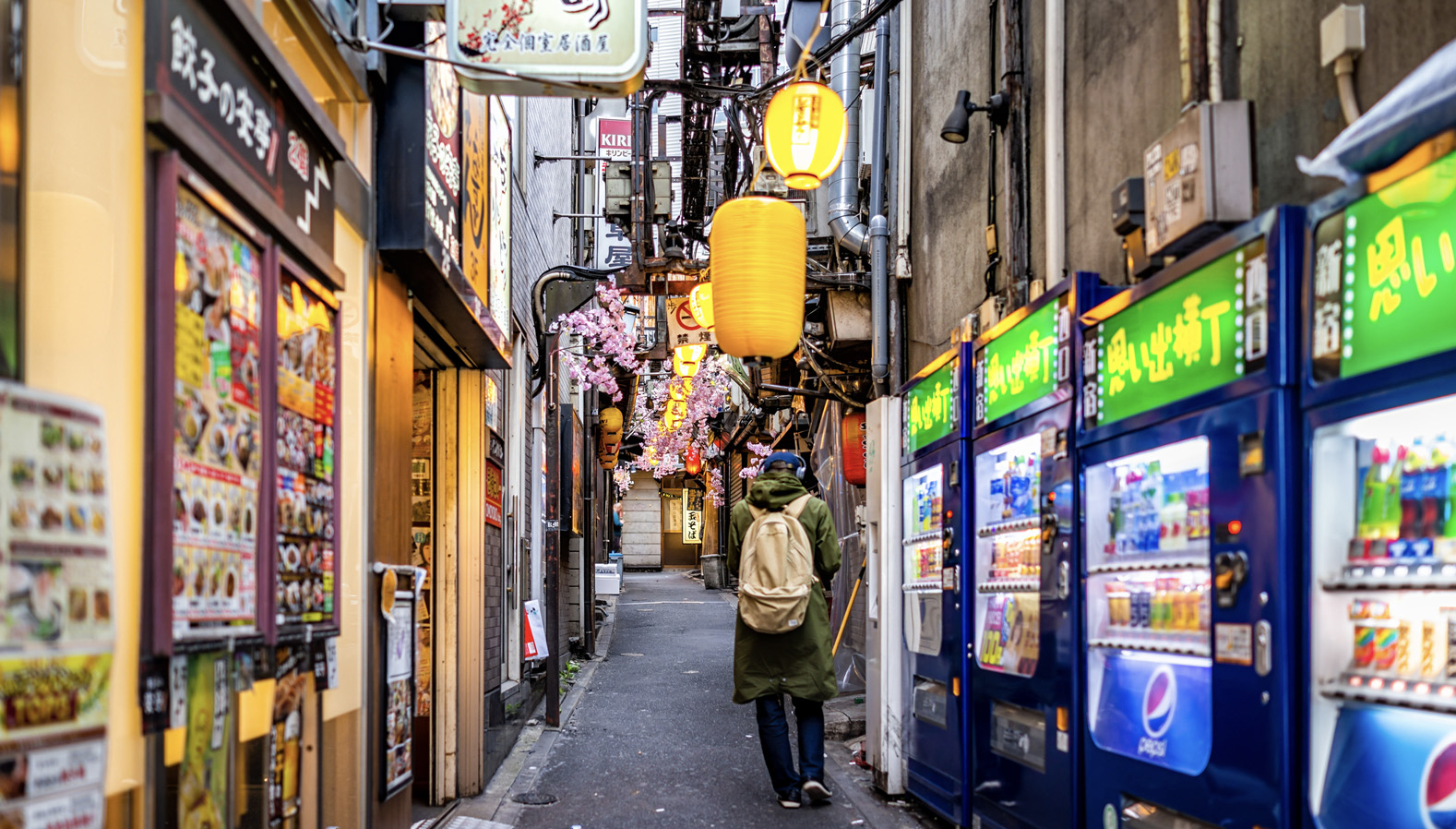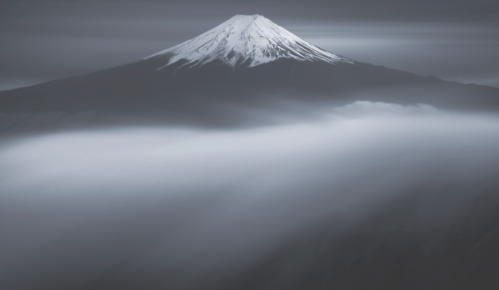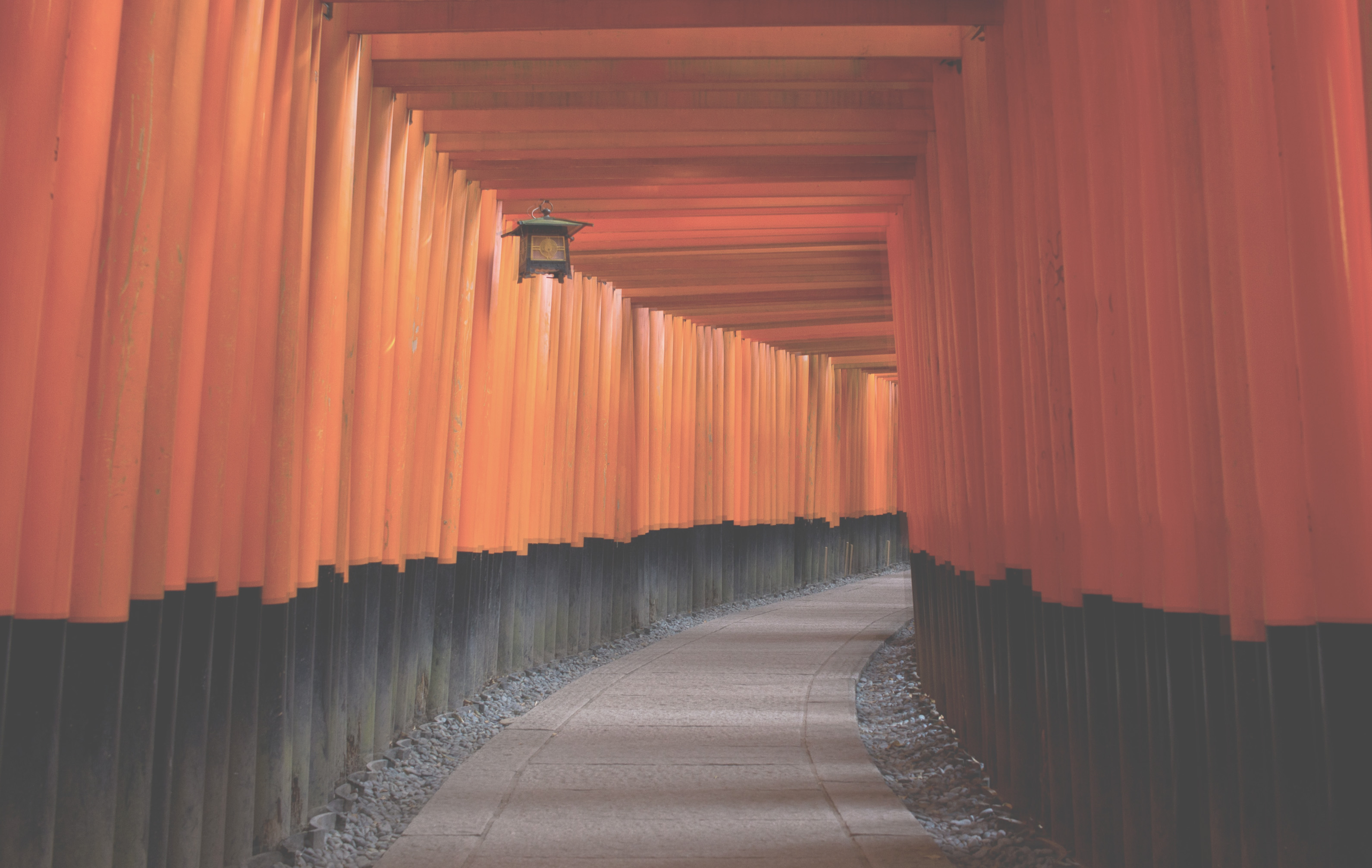Today we escape the bright lights and crowded crosswalks as we explore Tokyo’s Shitamachi area. Shitamachi refers to the traditional working-class neighborhoods of Tokyo that developed during the Edo period (1603-1868). The term itself literally means "downtown," and these areas were historically home to merchants, artisans, and other common people.
These neighborhoods are known for their historic buildings, traditional atmosphere, and vibrant street life, making them the perfect place to wonder through and experience real life in Tokyo.
We start in Ryogoku, affectionately known as ‘sumo town’. It is home to the Kokugikan sumo stadium, which hosts three of the six annual sumo tournaments each year, as well as numerous sumo stables and other sumo related businesses.
Here we will visit a sumo stable, where professional sumo wrestlers live and train. A sumo stable is typically run by a retired sumo wrestler who acts as a coach and mentor to the wrestlers living there. The wrestlers are young men who enter the stable as teenagers and train for years to become - hopefully - professional sumo wrestlers.
In addition to training, sumo stables provide their wrestlers with lodging, meals, and other necessities. The wrestlers often live in communal dormitory-style housing and follow a strict daily routine of training, eating, and sleeping.
Whilst these stables are not usually open to the public, we will be able to venture inside to see a training session and witness these giant wrestlers up close and personal.
Our next stop is Ameyokocho, a vibrant street market located under the train tracks in the Ueno district.
The market dates back to the post World War II period, when there was a shortage of goods and many people struggled to make ends meet. Some enterprising individuals began selling black-market goods in the area and the market quickly grew in popularity. Today, Ameyokocho is filled with shops and vendors selling a wide variety of goods, including fresh produce, seafood, clothing and electronics.
We leave the bustle behind and walk through Ueno Park, one of the largest public parks in Tokyo. It is home to several museums, including the Tokyo National Museum, the National Museum of Western Art, and the Tokyo Metropolitan Art Museum.
On the opposite side of the park lies the charming neighbourhood of Yanaka. Famous for its narrow streets and small alleyways lined with traditional shops, cafes, and restaurants, Yanaka retains an old-fashioned atmosphere and traditional architecture rarely found in modern Tokyo.
Yanaka is also known for its many temples and shrines, which are scattered throughout the neighborhood. These include the famous Tennoji Temple, which was built in the 13th century, and the Nezu Shrine, which is known for its beautiful gardens and traditional architecture
One of Yanaka's most famous attractions is its large cemetery, which is home to over 7,000 graves and is surrounded by beautiful cherry blossom trees. The grave of Tokugawa Yoshinobu, the last shogun of the Edo Period, is also situated within the cemetery.
Yanaka is also well known for its street food, some of which we will try on our walk today.
PROGRAM CONCLUDES

